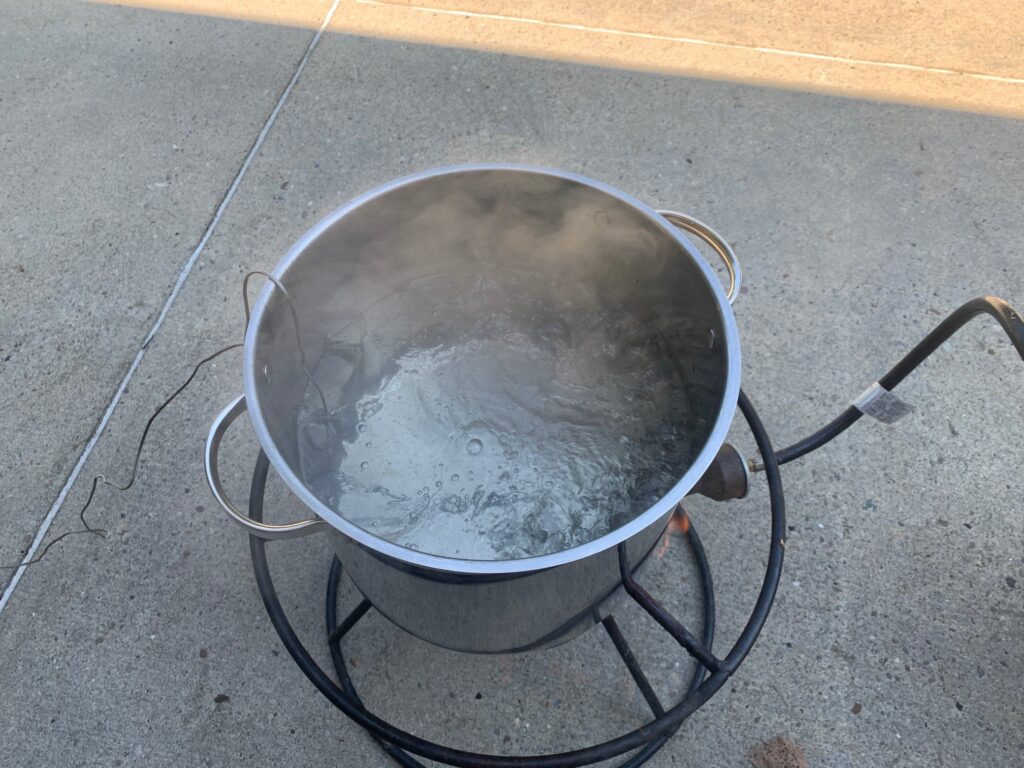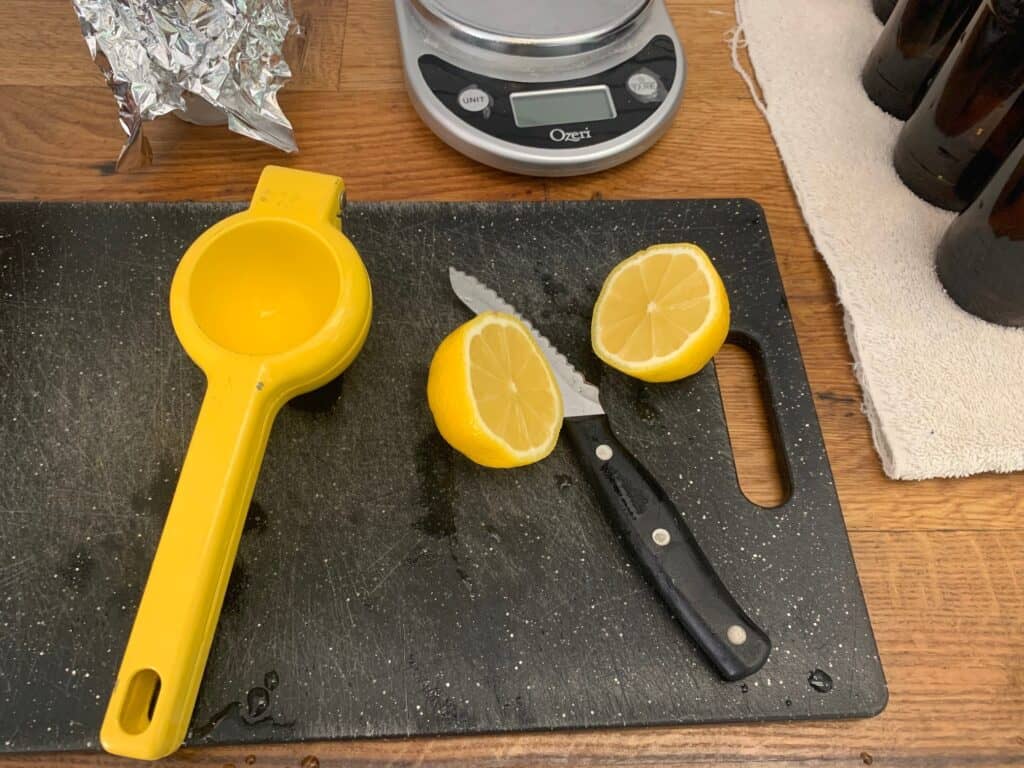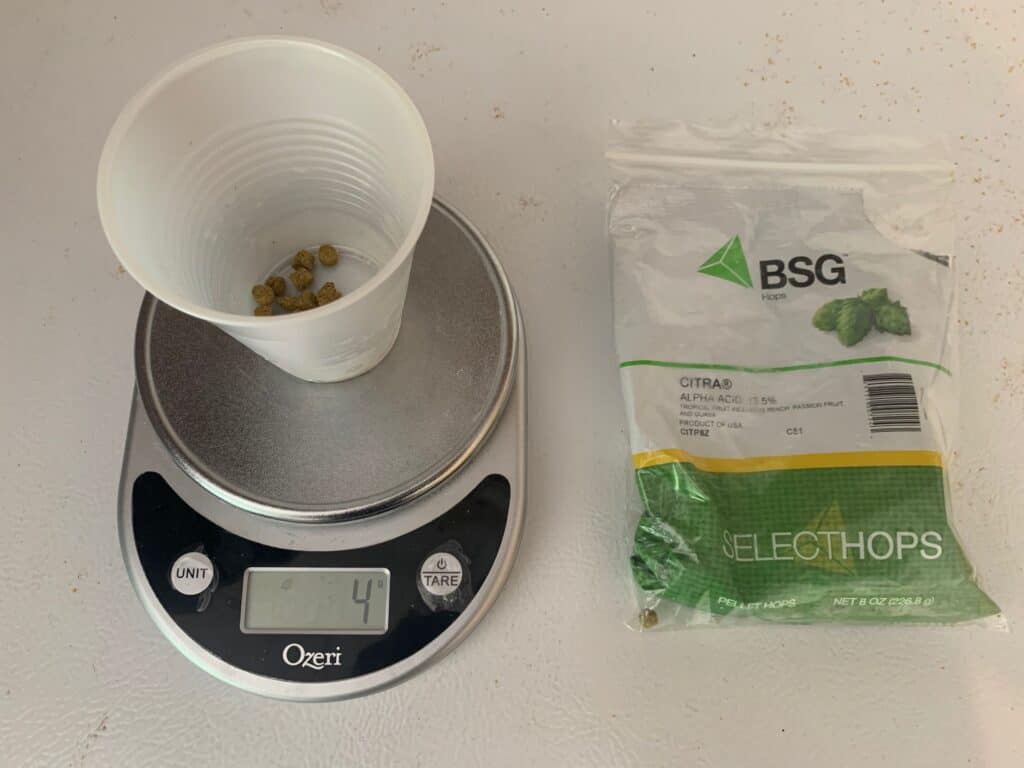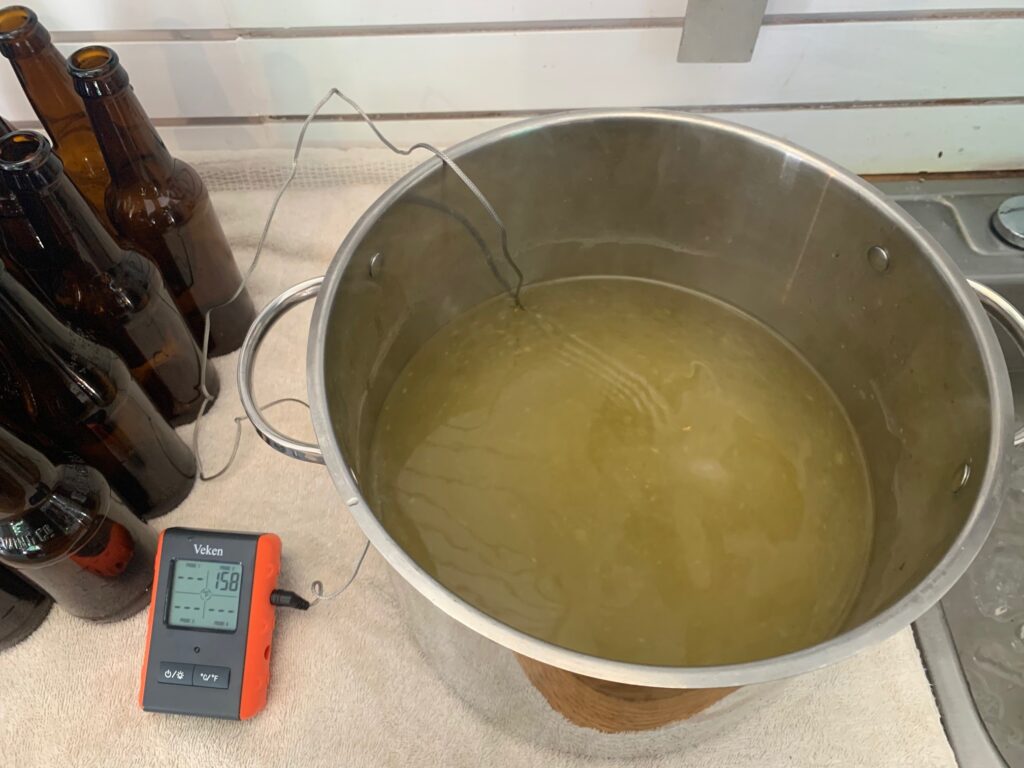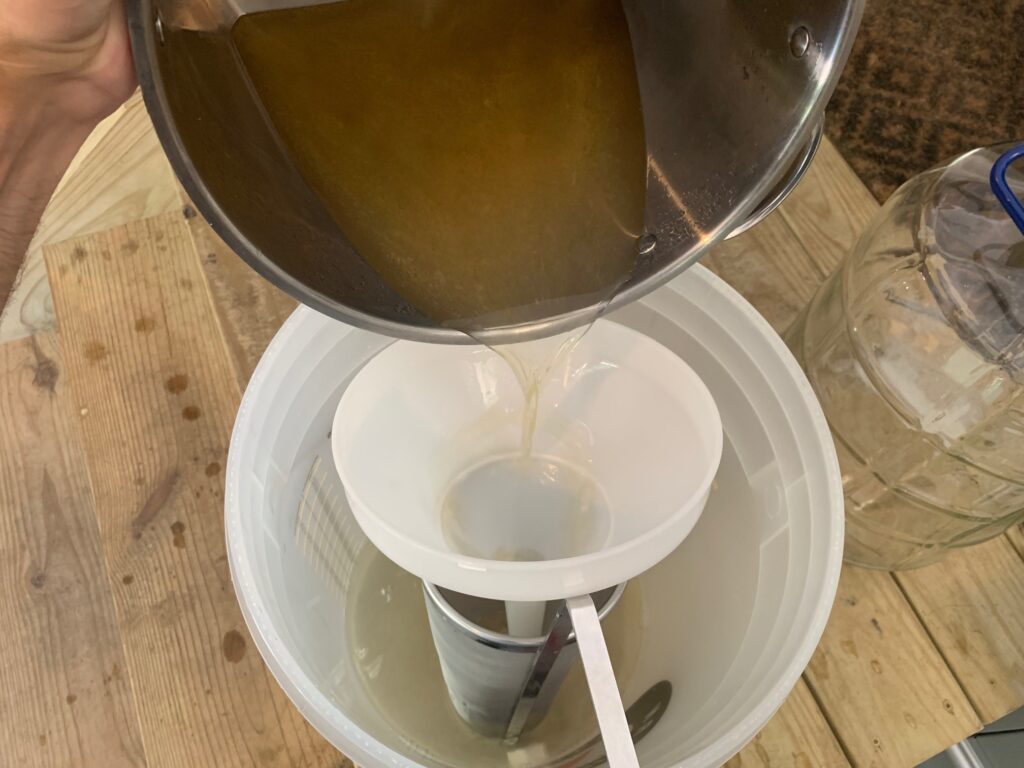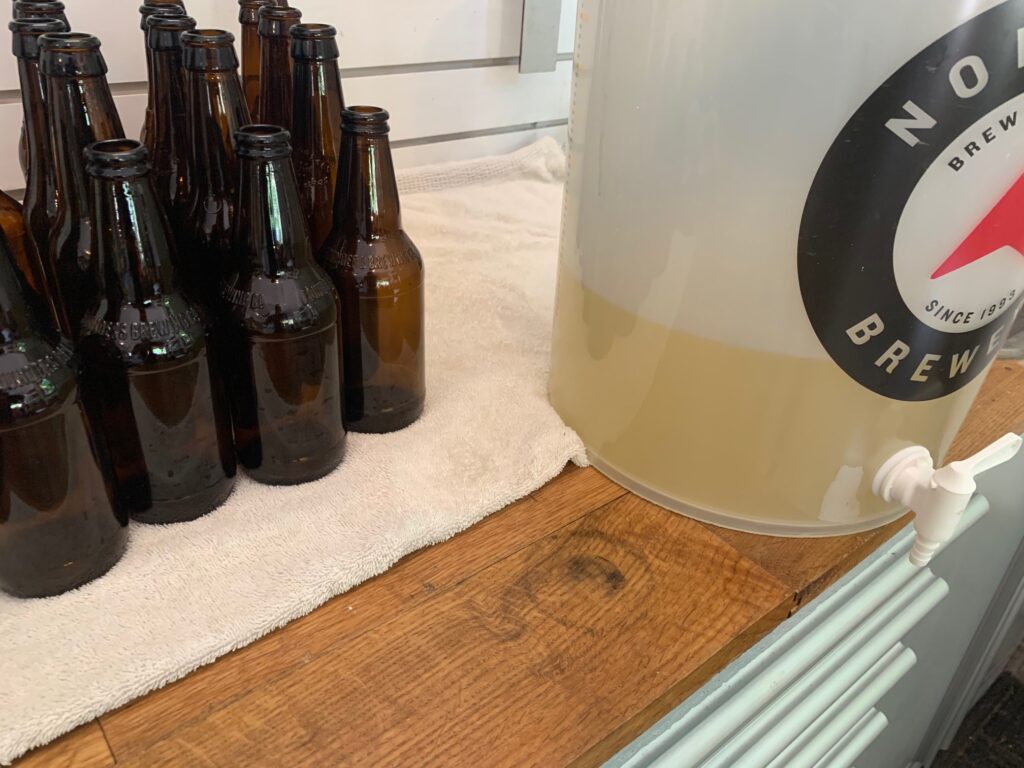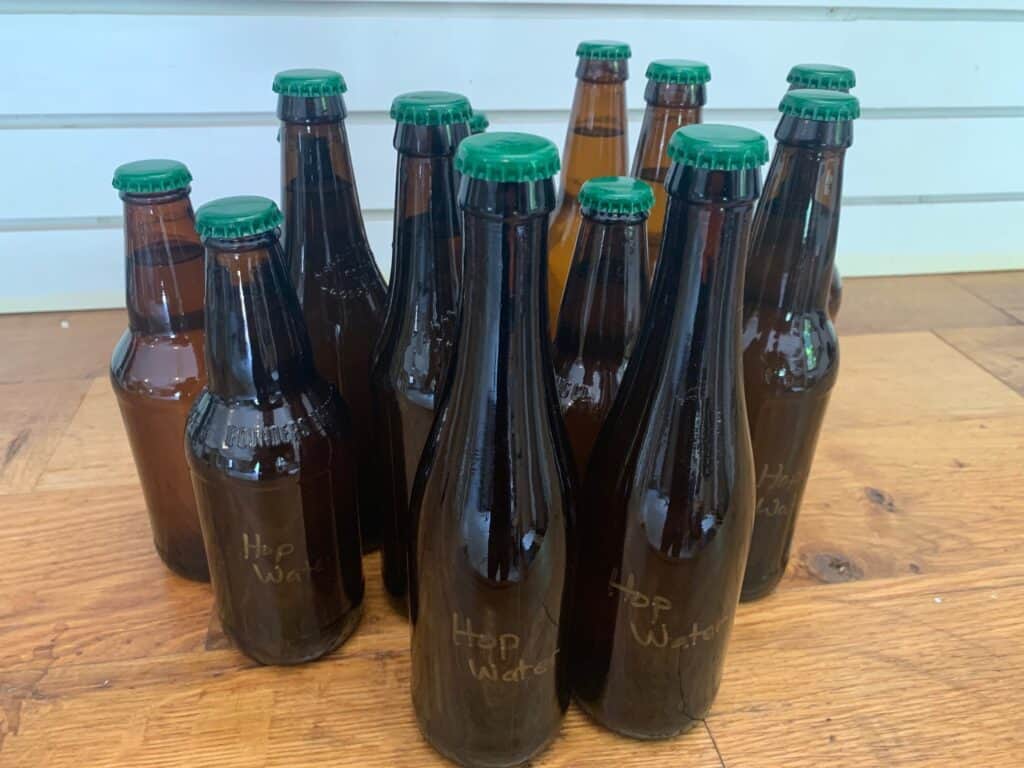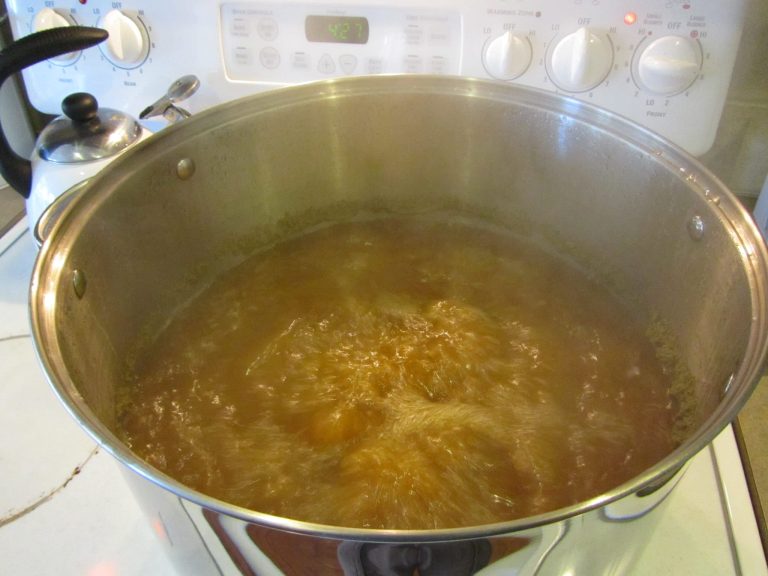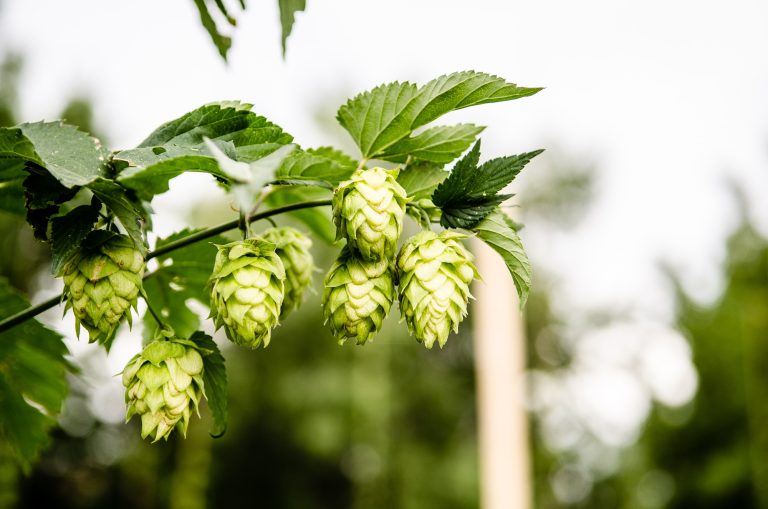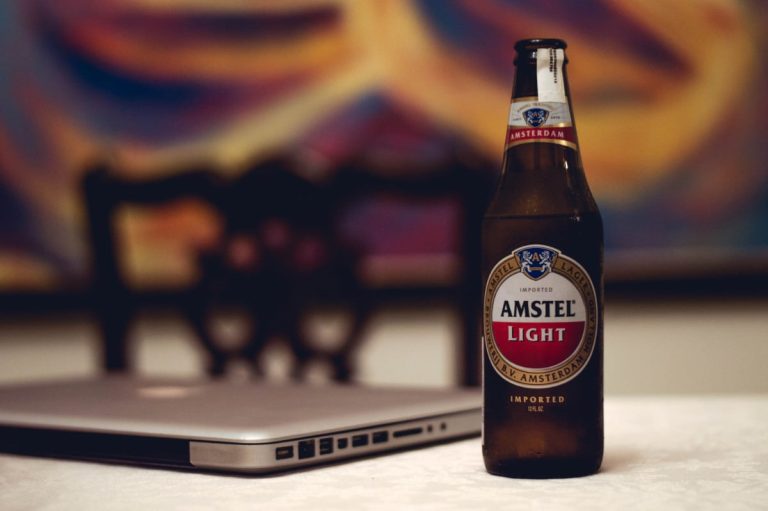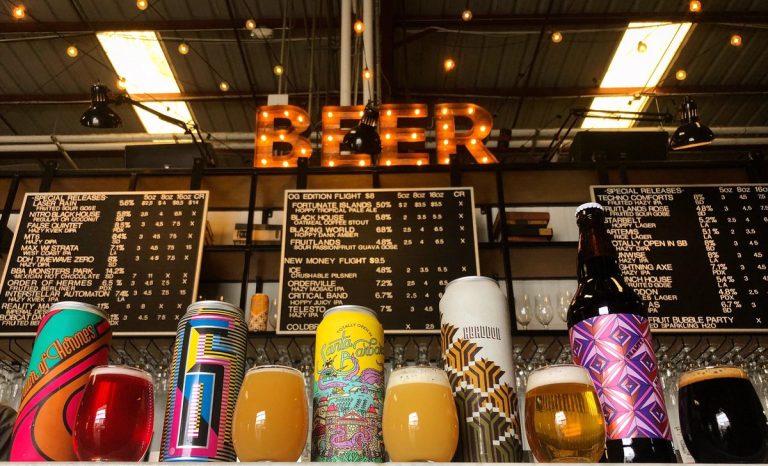What is Hop Water?
A few years ago, a trend called ‘Hop Water’ started. It was a new drink made with water and hops, and is billed as “an IPA-inspired refreshment that’s zero-alcohol, zero-carbohydrate, and zero-calorie” by the Lagunitas Brewing Company.
So as this alcohol-free alternative to beer is growing in popularity, we decided to dig in a bit to see what it was all about.
What is Hop Water?
Don’t confuse hop water with a non-alcoholic beer. NA beers typically have between 80-100 calories and traces of gluten from the grain that are used. Making NA beer is also time-consuming and requires a lot of electricity to evaporate the alcohol out. Hop water is a much healthier alternative to craft and NA beers as well.
Sparkling hop water is a non-alcoholic carbonated water with the flavoring of hops. Also going by the name of a ‘hop seltzer’, some recipes even call for a pinch of yeast to help biotransform any dry hops that were added.
No grains are used in this brew, so the alcohol content stays at 0% and is more sparkling water than anything related to a craft brew.
The hops are put on full display in this type of drink and you really get to observe the intricacies of each hop used since there is no malt backbone overshadowing any flavors or aromas added by them.
What Does Hop Water Taste Like?
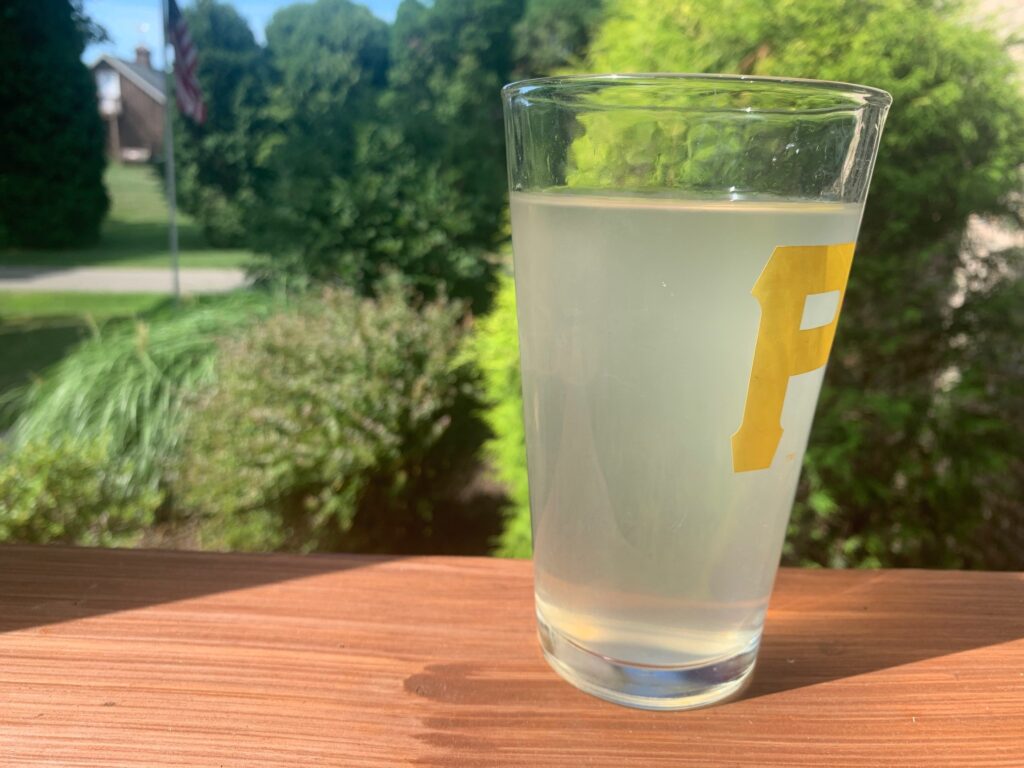
Actually really, really refreshing. It may be the real lemon combined with Citra hops, but I really enjoyed this…. water? It had the hint of sweetness from the lemon and the aroma of Citra hops, which are undeniable if you are a fan of IPAs.
Citra
The Citra hop is a high alpha acid hop with a strong, yet smooth floral and citrus aroma and flavor. It has specific aroma descriptors that include grapefruit, citrus, peach, melon, lime, gooseberry, passion fruit and lychee. These tropical fruit fla…
Alpha Acids: 10-15%
Beta Acids: 3-4.5%
Cohumulone: 20-35%
Country: USA
Purpose: Dual
Total Oils: 1.5-3 ml/100g
Profile: citrus, grapefruit, peach, melon, lime, floral, gooseberry, passion fruit & lychee
I will definitely make this again since the total cost was maybe $0.25 of hops, a few carbonation drops and a lemon. I may venture out from my 100% Citra recipe, but in my opinion, this is a perfect drink on a hot summer day.
Hop Water Commercial Examples
Lagunitas – partially owned by Heineken since 2015 – started selling “Hoppy Refresher” last year (2019) and has been making quite the marketing push lately. It is full of Citra, Ekuanot, and Centennial hops with some yeast for added biotransformation. However, Lagunitas wasn’t the first to bring hop water to the market.
H2OPS was started in 2013 by Paul Tecker, who was a long-time home brewer, craft beer enthusiast and proponent of healthy food and beverages. After showcasing his new drink at various craft brew festivals, Tecker finally perfected the recipe and started distributing it nationwide.
HopWtr – HopWtr is a non-alcoholic sparkling hop water made with bold juicy hops and vitamins and minerals to help you feel better. It has no calories, no carbs, and no sugar. It uses the popular hops Citra, Amarillo, Mosaic and Azacca. Each of these hops are used to create flavors like Mango, Blood Orange and Peach.
Hop Water Recipe
I wanted to try hop water myself, but none of the surrounding distributors carried it, so I decided to cobble together a few of the recipes I found online and give it a shot.
I decided to make a 2 gallon (7.57 L) batch to try, but you can easily scale this up if you’d prefer to make more. I would probably recommend keeping it to small batches at first until you find your sweet spot with hops and lemon juice.
Ingredients
- 2 gallons of water
- 2 tablespoons of lemon juice
- Your water may need slightly more or less depending on your water’s pH level.
- This is approximately the same as 1 lemon
- 4 grams of your favorite hops
- CO2 Source
Brewing Steps
- Boil your water for 10 minutes to sanitize.
- Cool the water down to 170° F (76° C)
- Add enough lemon juice to get pH down to about 4.6 pH. If you don’t have a pH meter, 2 tablespoons or 1 lemon should do it. If you add any more than that, you will get a very strong lemon flavor and it will overshadow the hops.
- Add the hops directly into the water or in a hop spider. If you are using a hop spider, give it a good swirl around the kettle to give the hops a kickstart to extracting their flavors. Pro Tip: GRAMS… NOT OUNCES… Don’t make the same mistake as I did the first time.
- Let the hops steep in the hot water for about 20 minutes.
- If you used the hop spider, simply pull it out. If you added them directly to the kettle, use cheesecloth, nylon bag or hop spider to filter the hops out.
- Cool the water to packaging temperature, which is around 70° F (21° C). I decided to use an ice bath instead of an immersion chiller. I was concerned boiling the IC inside plain water to sanitize it would have created a slight metallic taste. Maybe that is unfounded, but an ice bath was easy for such a small batch.
- Transfer the hop water to a sanitized carboy or bottling bucket or some other container that you can package from.
- Package and/or drink. I’ve listed a few different options below. The 2 gallons ended up being a little closer to 1.75 gallons after boil off and it gave me (14) 12oz bottles.
All told, brew day and packaging took about 2 hours. If I were to double this recipe it would only add the difference in bottling time. I have a feeling these 14 bottles are going to go fast.
Storage: It keeps pretty well, however I think it was best when consumed fresh. I don’t think there is a reason to age it either, the hop flavors seemed to diminish over time.
Packaging Your Hop Water
Option #1: Keg
The best way to enjoy anything hoppy is directly from the keg. To carbonate the keg, hook it up to about 30PSI of CO2, give it a couple good shakes and let it sit overnight. You may need to adjust the carbonation to fit your preference.
Option #2: Sodastream
Use a Sodastream to give you instant carbonation.
Option #3: Bottle with Yeast & Sugar
You can pitch a small amount of dry yeast and dissolved priming sugar (dextrose) to your carboy, then bottle your brew like you would any other time. By adding this yeast and sugar, you will be creating trace amounts of alcohol and will end up with lees at the bottom of your bottles. Note: I personally did not try this carbonation method, but have seen others online that were able to make this work.
